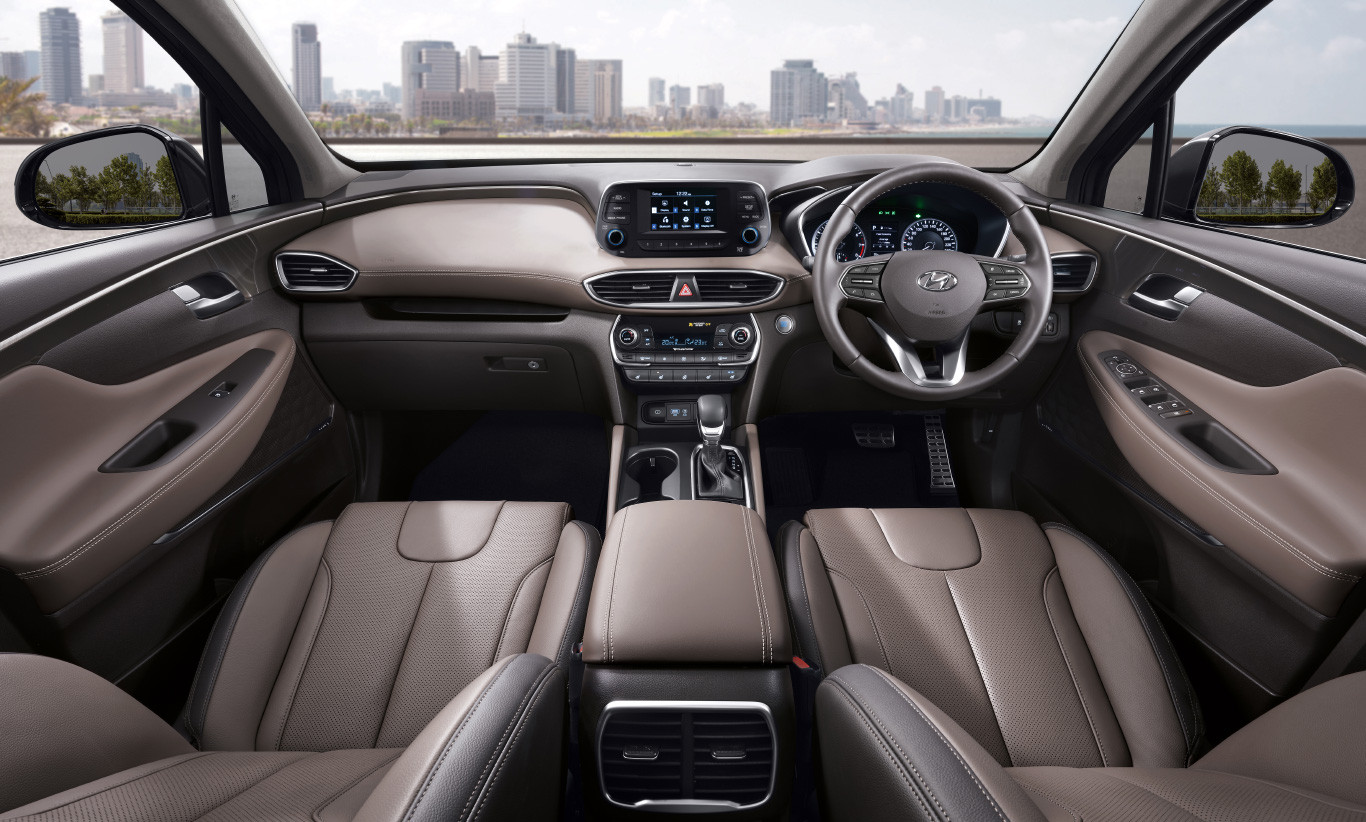Practice modes for risk-free learning
Practice modes are the gentle runway where skill takes off, a calm corner of the lobby where timing and attention learn to breathe so you can try, reset, and try again until the motion feels like your own and the screen starts speaking in a voice you understand; in that spirit many players look for a space that is playful yet structured and a title that models this balance well is Chicken Road because it shows how a practice environment can feel safe without turning dull and alive without becoming noisy so your first real match begins with confidence rather than guesswork.
Why practice without pressure works
Risk-free spaces remove the tax of anxiety, and that changes how the brain notices detail. When you know a missed input will not cost the round, you actually see more. Your eyes stop chasing glitter and start tracking lines, edges, and motion cues. Your ears stop bracing against sudden spikes and begin catching the soft confirmations that tell you a choice landed. The result is a steady climb in competence that still feels like play. You are not grinding; you are learning to listen.
The design DNA of a great practice mode
A great practice mode behaves like a patient coach. It lets you set the tempo, repeat a beat until your hands can sing it, and then nudge the beat a touch faster. It highlights essentials with gentle contrast and keeps background elements quiet. It brings controls into comfortable reach so your thumb rests where it wants to rest rather than where the interface demands. It provides clear, repeatable situations—lane changes, short reaction checks, small stamina tests—so each pass imprints a clean trace in muscle memory. Above all, it never scolds. It shows, invites, and lets you discover.
Turning mechanics into muscle memory
Muscle memory grows in loops: watch, attempt, adjust, repeat. Practice modes shorten that loop. They keep the camera steady, the horizon readable, and the hit windows consistent so your attention can bond with the action. As the loop tightens, your hand begins to predict rather than react. The motion becomes a sentence you can finish. When that sentence lives in your wrist, the live match stops feeling like a storm and starts feeling like weather you can navigate.
Gentle feedback that teaches, not punishes
Clarity matters more than fireworks. The best practice screens use a warm tone for success and a soft neutral for a miss so you understand the outcome without flinching. They avoid long overlays that block the world and instead place tiny markers near the event. They let you scrub the moment back, try again at normal speed, then try once more with a slight slow-mo that fades away as you improve. The lesson lands because your body stays relaxed while your attention stays sharp.
From sandbox to live play, step by step
A smooth bridge from training to real matches is part of the craft. Begin with a single focus—perhaps lane timing or recovery spacing—then add a second element only after the first feels natural. Blend two small drills into a short sequence and let that sequence become the seed of your opening plan. In live games, avoid chasing perfect conditions; instead, look for spots that rhyme with your drills. When you feel the rhyme, your practice clicks into place on its own.
Short sessions that fit a busy day
You do not need a marathon to make progress. Small sessions keep the mind bright and the hands willing. Open the practice room, breathe once to widen your view, run a handful of clean reps, and stop while the motion still feels crisp. That sense of unfinished ease is a powerful motivator; it pulls you back tomorrow with curiosity instead of duty. On mobile, this philosophy shines—hold the device lightly, keep your thumb near home position, and treat each micro-practice as a postcard from tomorrow’s confidence.
Calibrating the room so learning feels easy
Practice is not just code; it is also the chair, the light, and the sound. Soft, indirect light helps your eyes read edges. A matte surface prevents stray glare. Headphones tuned to the middle bands make confirmations audible without sting. If you are playing on a couch, give your forearms a resting place so the thumb moves from a stable base rather than from a shrugging shoulder. Comfort is not luxury in training; it is accuracy.
Building a personal routine you will actually keep
Routines stick when they are small, kind, and meaningful. Start every session by stating one intention in simple words. Scan the screen from left edge to right edge, return to center, and notice one detail you had been missing—a shadow line, a lane marker, a timing tick. Run a few focused reps. End with a single sentence about what felt clearer. This tiny ritual turns practice from a chore into a conversation with your future self.
What practice modes owe to theme and world
Theme is more than paint. When a world’s tone is playful and its road is clear, learning accelerates. A cheerful motif lowers the shoulders; a sturdy sense of route keeps you from drifting. Practice modes that lean into this duet—lighthearted surface, reliable path—make even tricky sequences feel approachable. You feel guided, not herded. You keep your curiosity because the world keeps its charm.
Avoiding common traps
Two traps catch many learners. The first is chasing intensity before clarity. If your screen feels crowded and your pulse jumps, dial the effects down and the lessons up. The second is treating every miss like a verdict. Replace verdicts with questions: what did I notice, what did I miss, what will I try next. Questions keep the window open. Verdicts slam it shut. Practice modes are built to reward questions.
A compact warmup you can use today
Before a live queue, run a quick three-part warmup. Breathe to widen your attention. Repeat a foundational motion until your hands settle. Play one miniature scenario that blends timing, aim, and recovery. Stop while the motion still feels smooth. This is not superstition; it is a reset that tells your body, we are ready, we are calm, we are listening.
Why risk-free learning creates real confidence
Confidence is not bravado; it is familiarity. When you have felt a motion succeed over and over in a space that never punished your curiosity, your nervous system trusts you. That trust carries into the match. You move earlier, see more, and conserve energy for the few moments that truly ask for it. Practice modes sew that trust into your play, one gentle stitch at a time.
Closing thoughts
Risk-free practice is not a side feature; it is a craft of teaching through play. When a game gives you a room where mistakes cost nothing and attention costs less, it gives you a way to learn that respects your time and your courage. Find that room, make it yours, and treat each quiet repetition as a conversation with the player you are becoming. When the real match begins, you will feel it immediately: not the absence of challenge, but the presence of calm.



